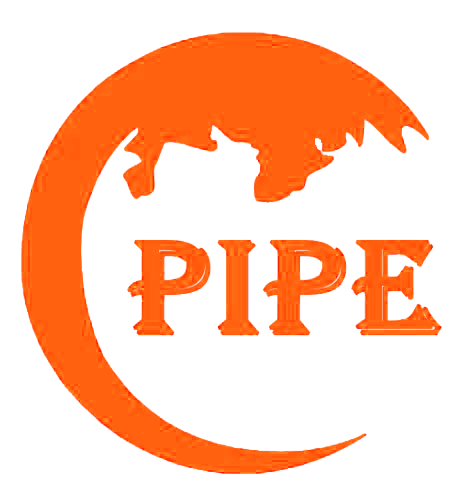Project Info
Bend fittings
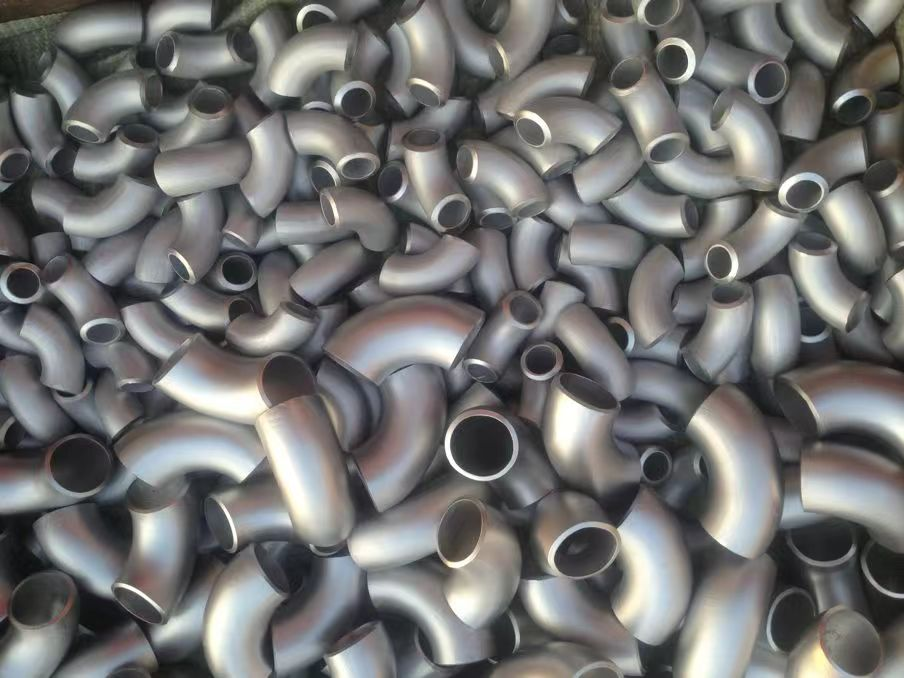
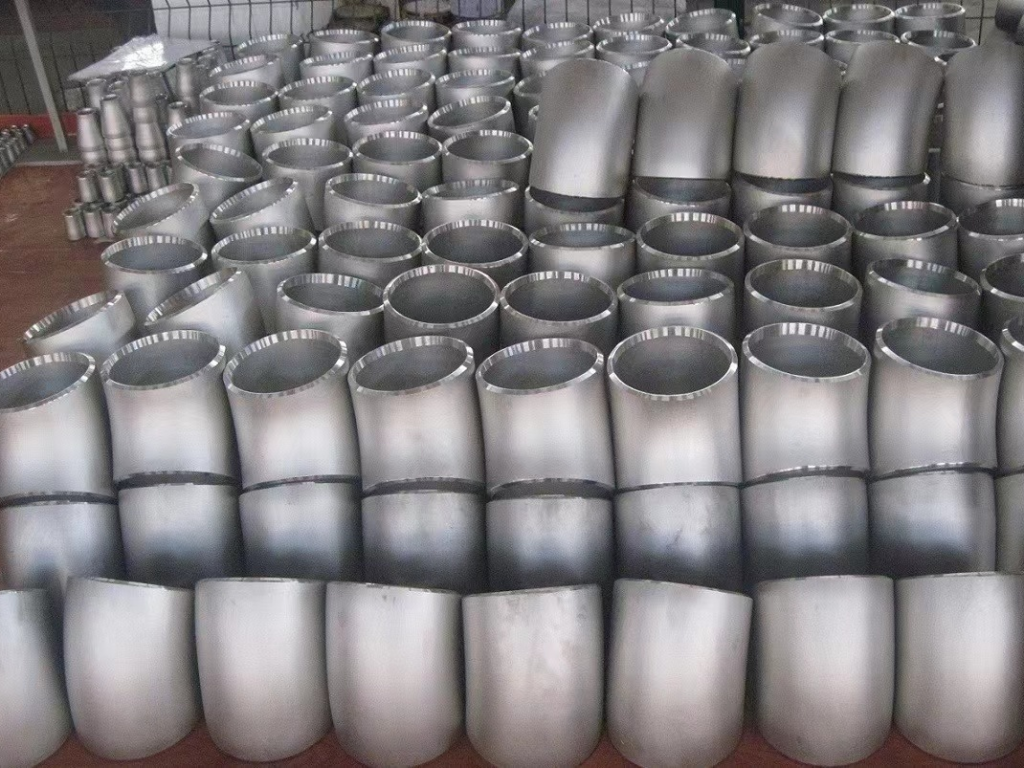
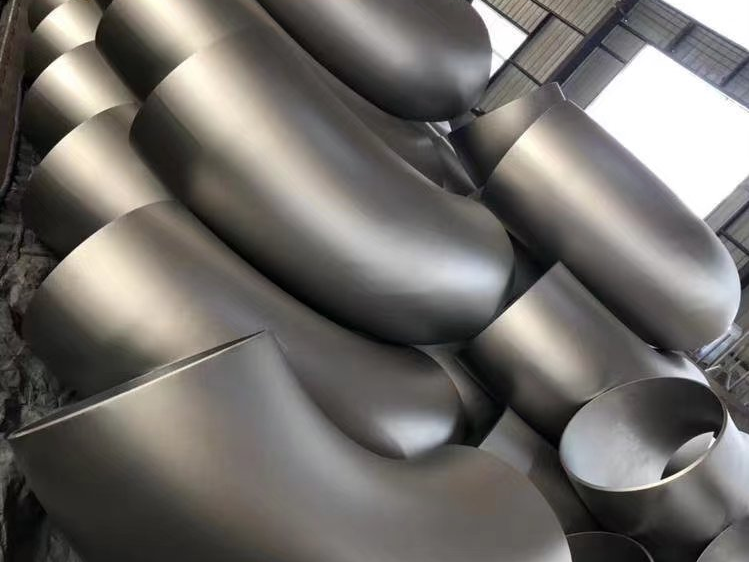
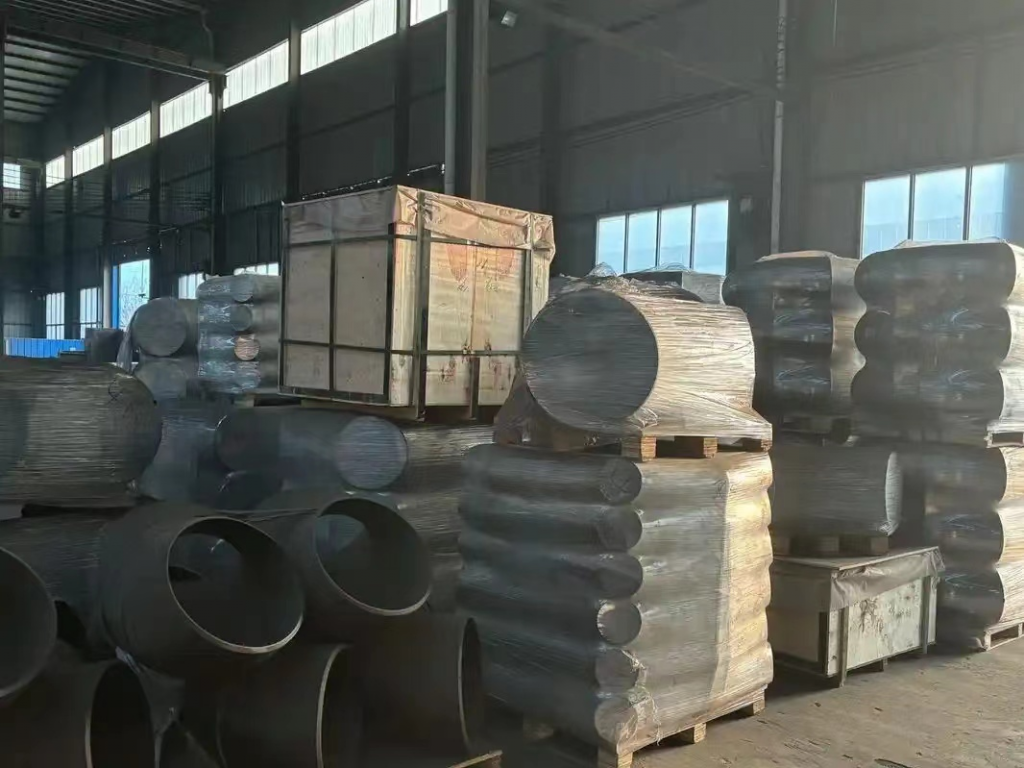
Introduction to pipe bend products
1. Product Overview:
pipe bends are commonly used connectors in pipeline systems to change the direction of fluid flow, with common angles of 45 °, 90 °, and 180 °. Widely used in industries such as petroleum, chemical, power, and construction.
2. Main types:
Divided by angle: 45 ° pipe bend, 90 ° pipe bend, 180 ° pipe bend
Divided by manufacturing process:
Seamless pipe bend: made by hot or cold pushing process, suitable for high-pressure and high-temperature environments.
Welded pipe bend: made of welded steel plates or strips, suitable for low pressure and low temperature environments.
Classified by materials:
Carbon steel pipe bend: such as A234 WPB, suitable for general working conditions.
Stainless steel pipe bend: such as A403 WP304/316, corrosion-resistant, suitable for the chemical and food industries.
Alloy steel pipe bend: such as A234 WP11/WP22, resistant to high temperature and high pressure, suitable for the power and petrochemical industries.
Divided by connection method:
Welding pipe bend: connected by welding, suitable for high-pressure systems.
Socket welding pipe bend: Suitable for small-diameter pipelines through socket welding.
Threaded pipe bend: connected by threads, suitable for low-pressure, small-diameter pipelines.
3. Product features:
High strength and corrosion resistance: suitable for various working conditions.
Good sealing: Ensure that the fluid does not leak.
Easy to install: Multiple connection methods for easy installation and maintenance.
Long lifespan: High quality materials and craftsmanship extend the service life.
4. Application areas:
Oil and natural gas: used for transporting pipelines.
Chemical industry: used for transporting corrosive media.
Power industry: used for high-temperature and high-pressure steam pipelines.
Construction industry: used for water supply and drainage, HVAC systems.
5. Technical parameters:
Size range: DN15-DN2000 (1/2 “-80”)
Pressure level: Sch5s Sch160
Execution standards: ASME B16.9, GB/T12459, HG/T21635, etc
6. Selection Guide:
Select materials based on the medium: choose stainless steel or alloy steel for corrosive media.
Choose the process based on pressure and temperature: seamless pipe bends are selected for high pressure and high temperature, and welded pipe bends are selected for low pressure and low temperature.
Select specifications based on pipeline size: Ensure compatibility with the pipeline.
7. Maintenance and upkeep:
Regular inspection: prevent corrosion and wear.
Timely replacement: If any damage is found, replace it promptly to avoid leakage.
Correct installation: Ensure sealing and safety.
Summary: pipe bends are key components in pipeline systems, and selecting the appropriate pipe bend is crucial for system operation. Select appropriate types, materials, and specifications based on specific needs to ensure the safe and efficient operation of the system.
